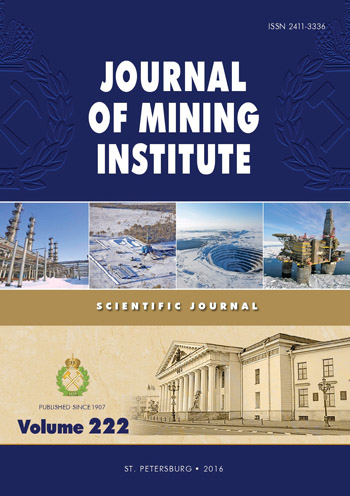The ways of transformation of salt production from the saline lakes of Apsheron peninsula
- 1 — Ph.D., Dr.Sci. team leader Institute of Geology and Geophysics of National Academy of Sciences of Azerbaijan
- 2 — Ph.D. Senior researcher Institute of Physics of National Academy of Sciences of Azerbaijan
Abstract
The issues of salt production at salt lakes of Apsheron Peninsula in Azerbaijan are reviewed here. The paper objective is to examine the brine formation process and analyze the ways of transformation of salt extraction from the lakes of Apsheron Peninsula under ever increasing industrial development and urbanization. The research on ecological state of salt lakes at the peninsula have shown that the decades-long development of oil and gas and other industries had a dramatical impact on the natural properties of water resources in this area. Laboratory test revealed high concentrations of total hydrocarbons, phenols, toxic metals (Cd, Pb, Zn, Ni, Cu, V, Mo, etc.), surface-active suspended solids and other pollutants in water samples of salt lakes. The paper presents physical and chemical properties of Boyukshore Lake, which for many years was the republic’s primary source of cooking salt. Based on comparative analysis of obtained properties with the maximum allowable concentrations and international standards the level of pollution of natural salt lakes of Apsheron has been assessed and the contribution of each anthropogenic source to the pollution of these water bodies has been determined. The paper presents quantitative and qualitative properties and pictures of the lakes depicting formation of saline deposits and volumes of salt produced at brine lakes of Apsheron. It has been established that decades-long negative impact on the environment led to disruption of ecological balance of the open waters in the region. Most saline lakes in the peninsula lost their natural qualities and became unsuitable for salt production.
